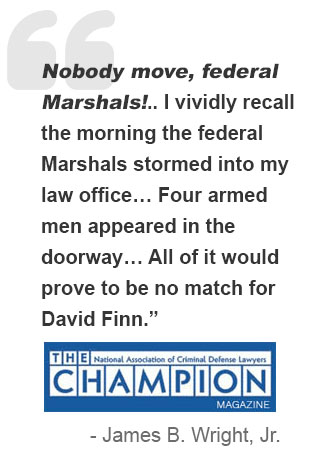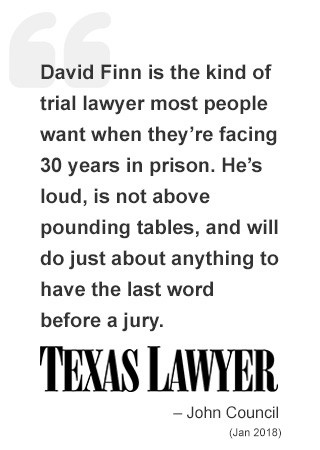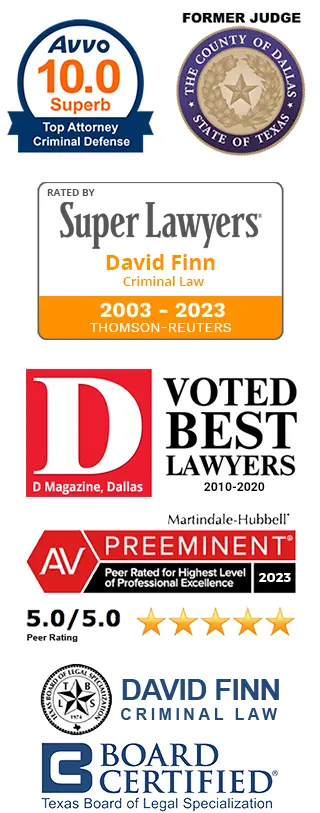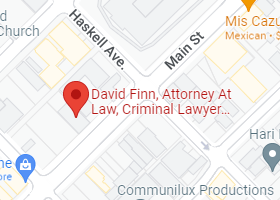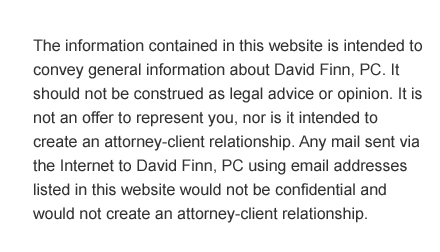


New Case- Confrontation Clause in Texas
TEXAS COURT OF
CRIMINAL APPEALS
February 2008
ï§ Criminal Practice
Confrontation Clause
⢠Because nothing indicated that an emergency situation was still in progress, Lalania Hollimonâs statements to Deputy Sheriff Stephen Chapman concerning the details of the assault were testimonial in nature. Therefore, the admission of those details into evidence violated the confrontation clause.
Vinson v. State, Court of Criminal Appeals, Nos.
PD-1540-06 and 1541-06, 1-17-2008.
FACTS: On Dec. 6,2004, Harris County Deputy Sheriff Stephen Chapman responded to a report by a 911 dispatch operator of a possible emergency at the apartment belonging to Lalania Hollimon and Raymond Earl Vinson.
The 911 operator told Chapman that a hang-up call had been made and that when the operator returned the interrupted call, a male answered and responded that there was no emergency. The operator, however, heard a disturbance in the background and somebody yelling for police assistance.
When Chapman arrived at the scene, Hollimon answered the door and appeared to be bleeding and in pain from recently inflicted injuries. Chapman asked here what had happened, and Hollimon responded that her boyfriend had assaulted her. These statements constituted the first portion of Hollimonâs statements. Vinson did not contest the admissibility of Hollimonâs first statement.
Hollimon then identified her assailant as âVinsonâ? and recounted the details of the assault, claiming that her assailant had knocked the phone out of her hand when she called 911. Vinson asserted that Hollimonâs second statement was testimonial for confrontation clause purposes.
During the questioning, Vinson came into the room and demanded that Hollimon âtell [the deputy] the truthâ? and âdonât let them take me to jail.â? Chapman noted that Vinson was âvery excited,â? shirtless and sweating profusely. Chapman secured Vinson by placing him in the back of his patrol car and then resumed questioning Hollimon.
Authorities charged Vinson by information with assault of a household member and interference with an emergency phone call. At trial, Chapman recounted the statements made to him by Hollimon, because Hollimon was unavailable as a witness. Vinson objected to the portion of Chapmanâs testimony that related Hollimonâs identification of the man in the room as âVinson,â? as well as her detailed description of the assault and interference with an emergency call,, on the basis that all of this testimony violated the confrontation clause and the holding of the U.S. Supreme Courtâs 2004 decision Crawford v. Washington.
The trial court overruled Vinsonâs objection but allowed Vinson a running objection to Chapmanâs testimony. The trial court ultimately convicted Vinson of both offenses, assessing punishment for each offense at confinement in jail for 365 days and a fine of $500, with the jail time to run concurrently.
On appeal to the 1st Court of Appeals, Vinson asserted, inter alia, that the trial court had erred in allowing Hollimonâs statements into evidence through Chapmanâs testimony because doing so violated the confrontation clause of the Sixth Amendment. The 1st Court found that, the statements in question were nontestimonial and therefore properly admitted.
Consequently, the 1st Court affirmed that judgment of the trial court. The CCA granted Vinsonâs petition for discretionary review.
HOLDING: Affirmed in part, reversed in part.
The confrontation clause of the Sixth Amendment, the CCA stated, guarantees that â[I]n all criminal prosecutions the accused shall enjoy the right . . . to be confronted with the witnesses against him.â?
In Crawford, the Supreme Court held that the confrontation clause forbids admission of testimonial statements of a witness who does not appear at trial unless he is unavailable to testify and the defendant had a prior opportunity for cross examination.â?
The CA noted that Vinson did not have a previous opportunity to cross-examine Hollimon. Therefore, the admissibility of Hollimonâs statements through Chapmanâs testimony hinged on the determination of whether the statements were testimonial or nontestimonial.
Statements are nontestimonial, the CCA stated, when made in the course of police interrogation under circumstances objectively indicating that the primary purpose of the interrogation is to enable police assistance to meet an ongoing emergency. They are testimonial, the CCA stated, when the circumstances objectively indicated that there is no such ongoing emergency, and that the primary purpose of the interrogation is to establish or prove past events potentially relevant to later criminal prosecution.
The court found that up until the point that Vinson was placed in the patrol car, including the episode where Hollimon identified her attacker as Vinson, the trial court could rationally have concluded that any interrogation was nontestimonial.
Likewise, Chapman placed Vinson in the squad car before interviewing Hollimon about the details of the assault. Because Vinson was not present during the recounting of the assault, and no other factors indicated that an emergency situation was still in progress, Hollimonâs statements to Chapman concerning the details of the assault were testimonial in nature and thus inadmissible under Crawford. Therefore, the admission of those details into evidence through the vehicle of Chapmanâs testimony violated the confrontation clause.
Phone Numbers
Office: (214) 538-6629

